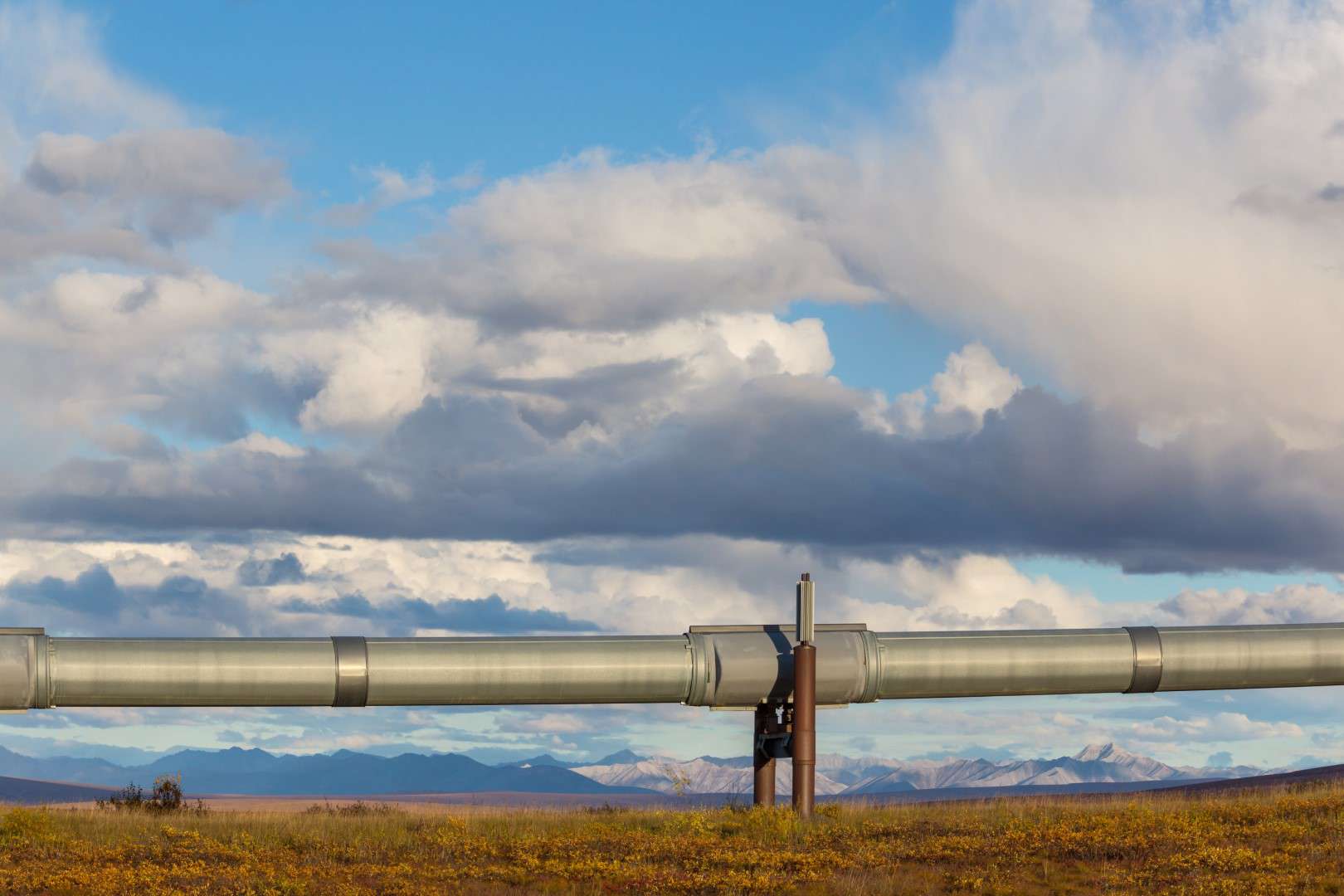Safety and efficiency are vital in the construction industry, especially when working with heavy machinery like cranes and excavators. Crane mats offer a critical solution, creating stable platforms on uneven grounds and reducing risks during lifting operations.
This guide explores how crane mats enhance safety, their technical features, and their indispensable role in modern construction projects.
What Are Crane Mats?
Essential Support for Heavy Machinery
Crane mats are strong platforms made to keep heavy machines stable on tough surfaces. Built from durable materials like hardwood or composite. They create a solid base to stop equipment from sinking or tipping.
These mats spread the machine’s weight evenly, protecting the ground and lowering the chance of accidents. They are a must-have on job sites with uneven or soft terrain, like muddy fields, rocky areas, or sandy ground.
Crane Mats vs. Timber Mats
While timber mats are often used for light-duty tasks like creating access roads or supporting smaller machiner. Crane mats are specifically engineered to handle the weight and stresses of large cranes and other heavy equipment. They provide:
- Superior weight-bearing capacity for construction safety solutions.
- Enhanced durability for long-term use in demanding job sites.
Using the right type of mat ensures safety and prevents damage to machinery and terrain. A key factor in maintaining productivity on construction projects.
Safety Benefits of Crane Mats
Integrating the best crane mats for safety strategy offers numerous benefits:
Stabilization on Uneven Grounds
Operating on soft or uneven terrain is a common challenge in the construction industry. Mats for excavator mats create a steady foundation, reducing the risk of tipping or instability during lifting operations.
Enhanced Load Distribution
Heavy equipment safety often depends on even weight distribution. These wood mats spread the load across a wider area, preventing soil collapse or equipment damage. This is particularly valuable on soft or fragile terrain, where uneven pressure could lead to dangerous conditions.
Environmental Protection
On sensitive construction sites, mats for crane reduce ground disturbance and long-term damage. This environmentally friendly solution aligns with sustainability goals while ensuring operator safety.
Reduced Equipment Wear
By stabilizing heavy machinery, crane mats minimize unnecessary stress on equipment components. This prolongs the lifespan of cranes and excavators, contributing to cost savings in the long term.
Technical Considerations
Selecting the best mats for safety requires careful planning and consideration of several factors:
Size and Thickness
The size and thickness of crane mats depend on the weight and type of equipment being used. Large cranes performing heavy lifts require thicker, sturdier mats, often laid in multiple layers.
Material Composition
Most quality crane mats are made from hardwood species like oak due to their durability and strength. For specialized applications, composite mats reinforced with steel may be necessary to handle extreme loads.
Load-Bearing Capacity
Different projects demand different levels of support. Ensure the mats you choose can bear the full weight of your heavy machines, accounting for the added pressure of lifting heavy loads.
Project-Specific Needs
Consider site conditions, weather, and environmental factors. For instance, in wet conditions, mats with anti-slip coatings may enhance health and safety.
Real-World Applications
Infrastructure Projects
From bridge construction to large-scale urban developments, crane mats are essential for ensuring construction safety when using cranes or other heavy lifting equipment.
Pipeline Projects
In pipeline construction, crane mats are used to protect sensitive ground while providing a solid foundation for heavy equipment during excavation and pipe placement.
Wind Farm Construction
During wind turbine installation, large cranes are required to lift massive components on challenging terrain. Crane mats provide the stability needed to ensure safety during these precision operations.
Addressing Common Misconceptions
Misconception 1: All Mats Are the Same
- Crane mats are purpose-built for heavy lifting. Using timber mats for large cranes risks structural failure, jeopardizing safety.
Misconception 2: One-Size-Fits-All
- Each project requires mats tailored to the equipment weight, load requirements, and ground conditions. Customization ensures optimal performance and safety.
Ensure Safety with the Right Crane Mats
Investing in the right crane mats is crucial for reducing risks and improving efficiency on your construction sites. By selecting mats tailored to your equipment and project needs, you can enhance safety, minimize environmental impact, and optimize long-term performance.
Start improving safety on your next project today!
Frequently Asked Question (FAQ)
What are best mats for safety?
Crane mats are used to stabilize heavy equipment like cranes and excavators on uneven grounds. They ensure safety, protect the ground, and improve efficiency during lifting operations.
How do crane mats differ from timber mats?
Crane mats are engineered for heavy lifting and large cranes, offering superior strength and stability. Timber mats, on the other hand, are better suited for smaller equipment or as temporary access roads.
Can crane mats be reused?
Yes, quality crane mats are highly durable and can be reused across multiple projects, provided they are maintained and inspected regularly for wear and tear.
How do crane mats improve safety on construction sites?
These mats distribute the weight of heavy machinery evenly, prevent tipping, reduce ground disturbance, and enhance overall construction safety.
What factors should I consider when selecting crane mats?
Key factors include the weight of the equipment, the type of terrain, the load-bearing capacity required, and whether multiple layers or specific materials like composite mats are needed.



